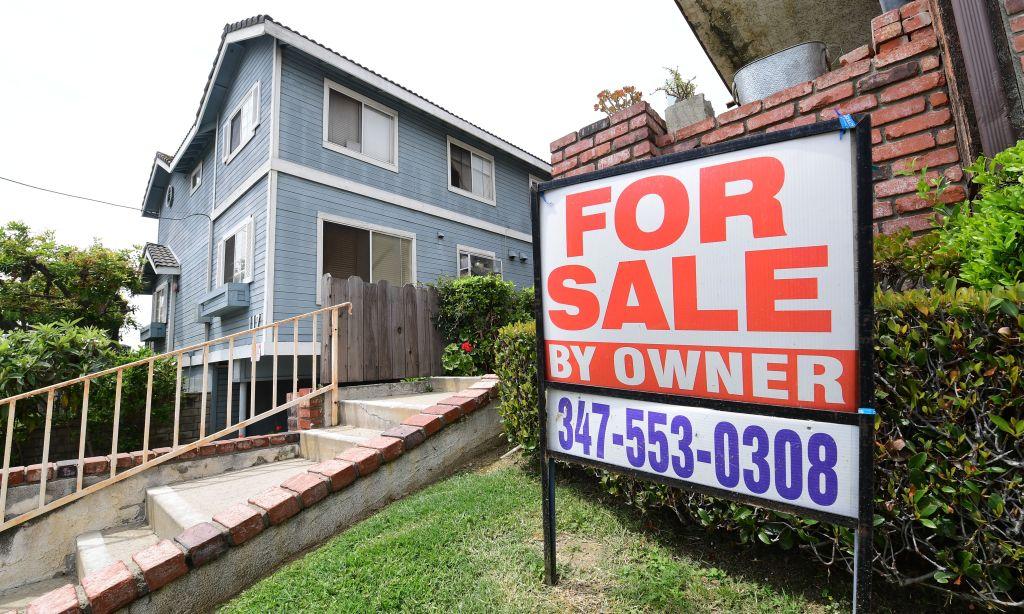Only 16 percent of Californians can afford to purchase a home, the lowest number since before the financial crisis in 2007, according to a recently released report by the California Association of Realtors.
Lack of supply, high interest rates, and elevated home prices are all contributing factors, according to experts.





